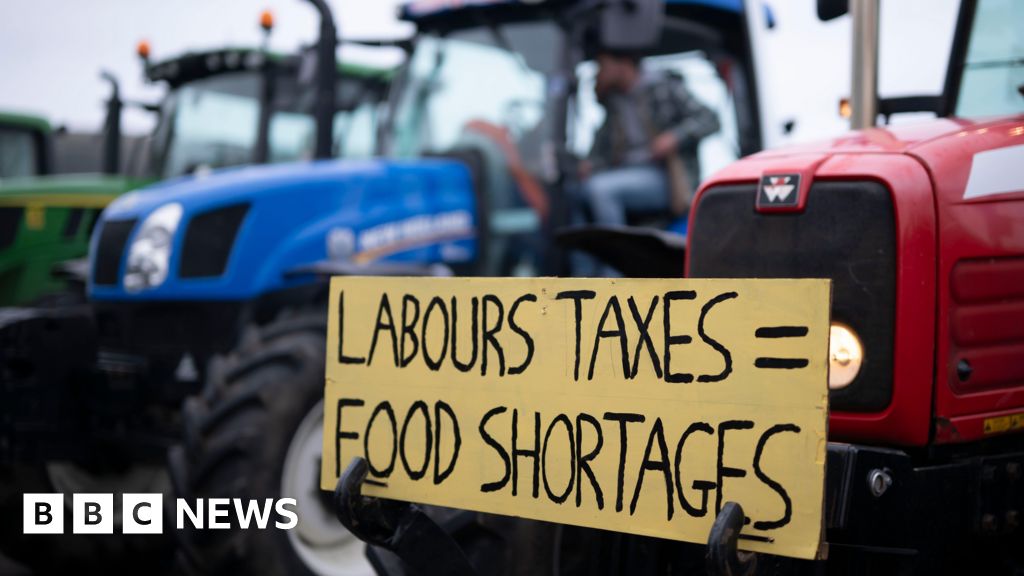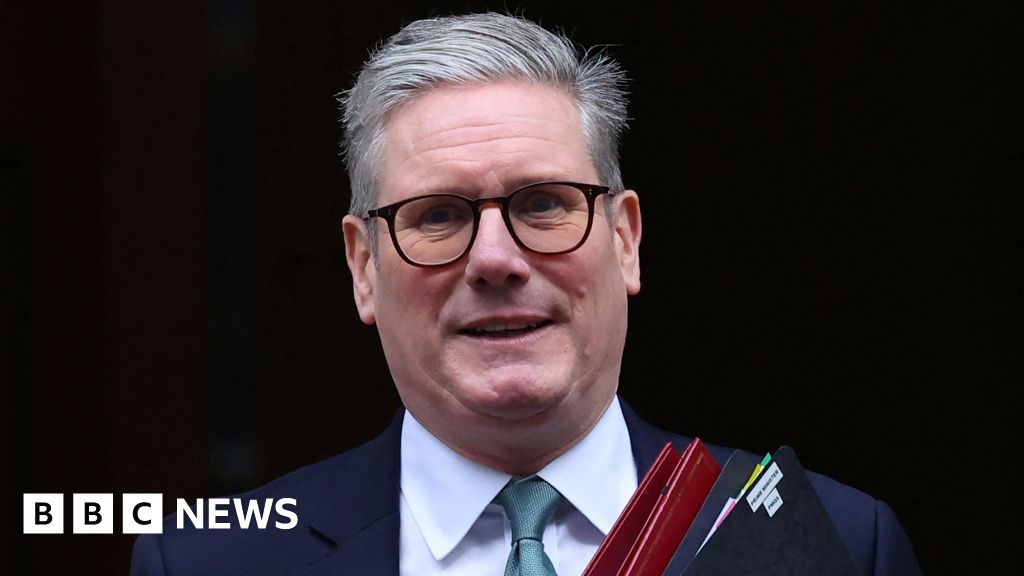ARTICLE AD BOX
 Image source, Getty Images
Image source, Getty Images
By Jayne McCormack
BBC News NI political correspondent
First came the backstop, then the protocol, now we can expect to hear a lot more about the "Stormont brake" as it is added to the Brexit lexicon.
But could the aforementioned brake being hailed by Rishi Sunak in his new Brexit deal end the year-long break in devolved government in Northern Ireland?
The plan aims to give a future Northern Ireland Assembly a greater say on how EU laws apply to Northern Ireland - a key demand of the Democratic Unionist Party's before it will end its boycott of power-sharing.
Why is the UK government introducing this?
Under the protocol agreed by the UK and EU back in 2019, some EU laws on goods and customs apply in Northern Ireland but politicians at Stormont had no formal way to influence those rules.
They, as well as some businesses, had been calling for a wider consultative role - something that had been ruled out under Boris Johnson's administration.
The new deal introduces a mechanism to allow elected representatives in the Northern Ireland Assembly to raise an objection to a new goods rule.
How would they do that?
According to the government it involves a variation of a well-run and at times controversial Stormont tool known as the petition of concern.
It is a safeguard procedure agreed as part of the Good Friday Agreement in 1998, originally designed to protect the rights of minorities.
Image source, Walter Bibikow
Image caption,The brake involves a variation of a Stormont tool known as the petition of concern
A petition of concern normally requires the signatures of 30 MLAs (members of the legislative assembly) from two or more parties, meaning an issue would then be subject to a cross-community vote before it could proceed in the assembly.
But critics said its terms over time effectively amounted to a veto for larger parties and it was reformed in 2020 to reduce the potential for misuse.
In this case, the government is saying the 30-signature process could be used by MLAs to flag up their concerns to London about a new EU goods rule coming into effect.
A successful petition means the UK would then be in a position to challenge that regulation and withhold support in the Joint Committee with the EU, which oversees the operation of the protocol.
The government's command paper states that this provides Stormont with a "genuine and powerful role" in the decisions about the application of EU laws in Northern Ireland.
The 30-signature threshold would allow unionists alone to object to regulations but ultimately it would be for the UK to pursue with the EU.
And crucially, it can only work once there is a fully-functioning executive and assembly at Stormont.
Are there other conditions attached?
Yes - while the UK says it is doing this unilaterally to address the "democratic deficit" caused by the current consent arrangements, the EU has also made clear it views this as an emergency brake.
It says the measure can only be used in the "most exceptional circumstances and as a matter of last resort".
Watch: Key moments from the PM's NI Brexit deal speech
The UK government states the mechanism cannot be used for "trivial" reasons and that there will need to be a clear demonstration that an EU goods rule being challenged is having a "significant" impact on everyday life in Northern Ireland.
In addition, the government says the burden of proof for that will lie with MLAs, to be provided in a "detailed and publicly available written explanation".
The government also expects there to be a consultative process first.
However once the UK has intervened it could automatically suspend the regulation in question ahead of further independent arbitration with the EU.
The EU would also able to counter the move with any remedial action it sees fit raising the prospect of a potential future stand-off.
Would Stormont get a vote?
Image source, Getty Images
Image caption,The Northern Ireland Assembly sitting in January 2020
From an initial reading it appears that would not be required to trigger the brake.
Unlike the standard petition of concern process, which requires a cross-community vote requiring a majority of unionists and nationalists on any given issue, the government makes no mention of that being necessary in this new plan.
Some Stormont parties have expressed reservations about the proposal saying they remain unclear about what it will actually require, and say it could be too powerful a tool.
Separate but related to this, the government is proposing that MLAs should get to feed into any final decision by the UK-EU Joint Committee on whether to permanently block a new rule that has been queried.
This, the government says, would be done by a cross-community vote in the assembly - unless the government could demonstrate "exceptional circumstances" to justify imposing the new rule.
DUP former deputy leader Lord Dodds has said that this process means Stormont will not "have the final say" on such matters.
Could the DUP back the plan?
Image source, PACEMAKER
Image caption,The DUP will want to look beyond the headlines and study the legal text
The Stormont brake is just one part of the new agreement - albeit a very big part and one Rishi Sunak is keen to promote.
Some in government say the DUP should chalk this up as a win when after all, it is among the party's seven tests for a deal.
The DUP leader's initial reaction on Monday gave little away but Sir Jeffrey Donaldson left himself room for manoeuvre.
Securing the DUP's backing will depend on how the final legal text stacks up with what has so far only been outlined in slim detail.

 1 year ago
15
1 year ago
15








 English (US)
English (US)